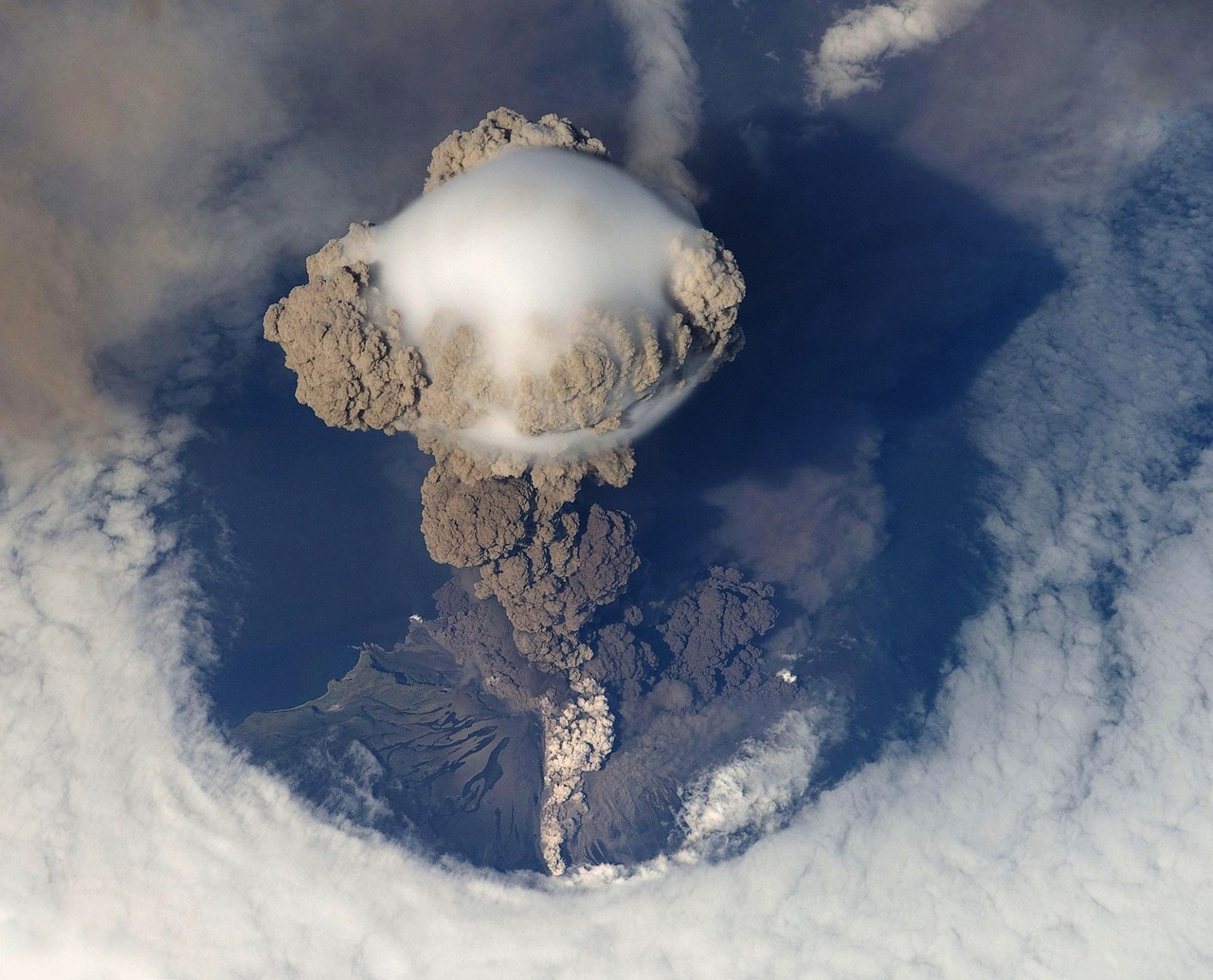Tonga is the eruption of records! With its 146 Megatons of water vapour and gravity waves at sub-ionospheric heights not previously been observed propagating at this speed or over the whole Earth from a single source, it is an eruption event that would probably warm the planet in the next 5 years [1][2].
In January 2022, Hunga Tonga–Hunga Ha’apai erupted, and this rare phenomenon was one of the most explosive volcanic events of the modern era. It produced a vertical plume that peaked more than 50 km above the Earth. The initial explosion and subsequent plume triggered atmospheric waves that propagated around the world multiple times.
The produced perturbations in surface pressure, reverberated around the globe for days after the climactic eruption event itself. The emissions of the Tonga eruption were uncommon because of the composition of its stratospheric perturbation: an estimated 0.42 MtSO2 (0.42 Megatons of sulfur dioxide) injection and 146 MtH2O (146 Megatons of water) water vapour injection [1].

This is the largest stratospheric water vapour perturbation observed in the satellite era (a 10–15% increase in the water vapour content of the stratosphere), with a modest accompanying SO2 injection. Most large volcanic eruptions are notable for their negative perturbation on global surface temperatures, since they emit large quantities of SO2, an aerosol particulate which scatters incoming solar radiation.
But in this case his large water vapour perturbation means that Tonga eruption will probably increase the net radiative forcing increasing the chance of the global surface temperature anomaly temporarily.
It is estimated that the radiative response to the Tonga eruption increased the risk that the global mean surface temperature anomaly shortly exceeds 1.5 °C over the next 5 years.
Over this period, Tonga eruption increases the likelihood that we observe our first 1.5 °C year by ~7%.

While this particular eruption produces a measurable change in the probability of imminent 1.5 °C exceedance for any given scenario, human choice still dominate the decadal risk outlook [1].
[1] Tonga eruption increases chance of temporary surface temperature anomaly above 1.5 °C; Stuart Jenkins, Chris Smith, Myles Allen & Roy Grainger – Nature Climate Change | Volume 13 | February 2023 | 127–129.
[2] Surface-to-space atmospheric waves from Hunga Tonga–Hunga Ha’apai eruption; Corwin J. Wright, Neil P. Hindley, M. Alexander, Mathew Barlow, Lars Hoffmann, Cathryn N. Mitchell, Fred Prata, Marie Bouillon, Justin Carstens, Cathy Clerbaux, Scott M. Osprey, Nick Powell, E. Randall & Jia Yue – Nature | Vol 609 | 22 September 2022; 741-759.





